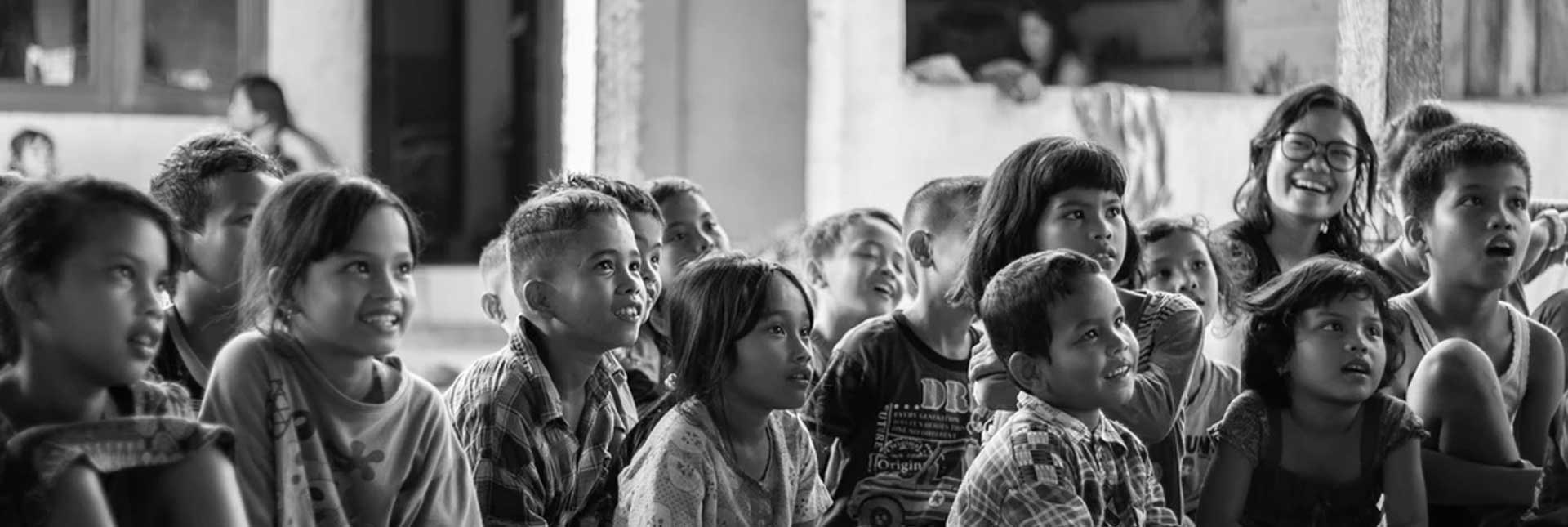
Blog Details
The history of India is replete with tales of over-pouring prosperity and brilliant riches. They tell us of how the Taj Mahal once stood embellished with precious stones and diamonds, and how the rich people fed their cattle dry fruits for scented meat. As we move forward into our study of India’s past, we learn how all these excesses eventually started to dwindle away. We are told how the foreign invaders robbed us of all our materialistic glory, and infested the country with the malady of poverty. When the British colonial rule finally ended in 1947, more than 70 percent of our population was facing abject financial hardships. The poor people were living in obscenely pitiable conditions. It was around this time that poverty in India emerged as major ache in the nation’s heart.
Over the years since then, India’s economy has been on a path of recovery, but the phase of convalescence has lingered on for much longer than expected. We have run too many miles and have covered too little ground when it come to eradicating poverty in India.
How grim is the poverty scene for us right now?
According to a report by the Asian Development Bank, 21.9 percent of the current Indian population is still living below poverty line(BPL). The BPL criteria is currently defined at INR 32 for rural India and INR 47 for urban India as per the Planning Commission’s committee under C Rangarajan. Although the statistical figures are subject to the methodology of calculation adopted, none of the figures appearing in different reports and surveys paint a pretty picture of the country’s financial landscape. India, even after decades of freedom, is still struggling with the many effects of poverty.
For the larger part of our population, the scene appears quite grim with their primary concerns being about the arrangement for the basic requirements of food and shelter. Parents struggling to put food into their children’s empty stomachs cannot afford to give them a good education, which could have formed their escape route from the vicious cycle of poverty.The central government and the various state governments are simultaneously running a lot of poverty alleviation programmes to some effect. We also have a lot of non-governmental organisations in our country which are working hard to alleviate poverty in India. Although, in a vast country like ours where the economics are also peculiar to the varying geography, a lot more intervention is needed.
The Farmer’s Plight
A large portion of our working population earns its living through agrarian activities. Various factors such as soil fertility, weather conditions, amount of rainfall and availability of seeds and manure determine whether the farmers will have a financially rewarding cultivation season or not. The farmer, in the event of non-cooperation by nature and in absence of any external help, finds himself in debts up to the neck, which sometimes lead him to the tragic decision of committing suicide. This further worsens the impoverished state of the deceased farmer’s family. They spend their entire lives trying to pay the debts, and also find themselves stuck in the unjust bonded labour arrangement.
The Detrimental Nature of Poverty
The ill-effects of poverty have not only led to a great deterioration to the overall quality of life in the present, but are also a threat to the future of poor people in India. Poverty snatches away the chance to good education, which could have later translated into better employment opportunities and subsequently, a better life. The rag-picker’s child, in the absence of external interventions, is most likely to take up their parent’s ill-paying occupation. But from where exactly is this external intervention going to make its entry into the scene?
Through people like you and I!
Yes, you read it right. We are a nation of 1.3 billion people; think of the impact we can collectively create if each of us inculcate the good habit of giving. You can help repair the lives of the poor people by putting in just a little effort without burning a hole in your pocket.
What is Crowdfunding?
Suppose, a thousand people contribute a sum of rupees 10 each to a charity organisation towards poverty alleviation. The cumulative of all these donations is INR 10,000, an amount which can be of huge help for a poor family. This is what the concept of crowdfunding is all about.
Building a culture of giving can just be the tonic to our country’s economy that our learned financial strategists have been looking for all these years. As a citizen of the country, it is also our moral obligation to help out the less-privileged amongst us. We can easily achieve this by giving a little to someone in urgent need. The Indian history and its mythologies also tell us how we have always been people with kind hearts who have gone out of their way to uplift the lives of others. Why not use this innate empathy for the greater good of the country, over and over?
As Mother Teresa once said, “We ourselves feel that what we are doing is just a drop in the ocean. But the ocean would be less because of that missing drop.”
If this has gotten you interested in knowing more about the huge impact you can make in someone’s life and how, please visit: turnstoneglobal.org/turnstoneglobal.
Source:https://blog.giveindia.org/giving-culture/poverty-in-india-a-malady-of-years/